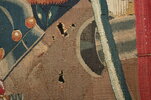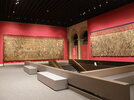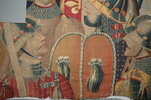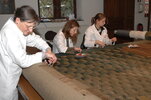The Pastrana Tapestries
The series known as the Tapestries of Pastrana consists of four large tapestries of approx. 40 m2 each woven in the 15th Century in the Low Countries. They are an exceptional example of European heritage, firstly because of their fine and skilful completion -they are considered a ...
Read more
Project details
| Title: | The Pastrana Tapestries |
|---|---|
| Entr. year: | 2011 |
| Result: | Award |
| Country: | Spain |
| Town: | Pastrana, Guadalajara |
| Category type: | works of art and collections |
| Notes: | Typology: Conservation of tapestries. SUBJECTS of TAPESTRIES: • The landing at Asilah (20th August 1471) • The siege on Asilah (24th August 1471) • The assault of Asilah (24th August 1471) • The fall of Tangiers (28th August 1471) |
| Building type/ Project type: | See notes |
| Built: | 15th century |
| Architect / Proj.leader: | Organisation Fundación Carlos de Amberes |
| The Jury's citation: | “The jury praises the curative conservation of this exceptional series of tapestries, woven in the 15th century in the Low Countries. The restoration of these extraordinary tapestries, which for centuries have belonged to the Colegiata of Pastrana, is also significant for its involvement of many European countries, during the research, funding and conservation phases of the project, as well as for its promotion as the tapestries tour the continent.” |
| GPS: | 40°25'0,3"N; 2°55'26,7"W |
| Web, Links: | www.nga.gov/exhibitions/pastranainfo.shtm |
Description:
The series known as the Tapestries of Pastrana consists of four large tapestries of approx. 40 m2 each woven in the 15th Century in the Low Countries. They are an exceptional example of European heritage, firstly because of their fine and skilful completion -they are considered a masterpiece of tapestry-; secondly because, unlike other tapestries of that time, they depict a contemporary event: Alfonso V of Portugal’s conquests in the Moroccan coast. Also, they always had Spanish owners. Thus, the Low Countries, Portugal and Spain participated in their origins. This implication of various European countries, through their civil society and public institutions, is also present in our project: the curative conservation of the tapestries and their promotion for their better knowledge by the general public. They have been restored by a prestigious Belgian company with the financial support of Belgian and Spanish institutions; they have been displayed in Belgium, Spain and Portugal and will continue their international tour most probably in Hungary, Austria and USA; a book has been published in Spanish, Portuguese and English, and a multidisciplinary research project with experts from different European institutions has been initiated, which will result in the publication of a documentary. As a consequence of the project, the regional government of Castille-La Mancha has committed part of the necessary resources to improve the condition of the building housing the tapestries. Also, we propose this project as an example for the future discovery and promotion of other “jewels” of the European heritage, scattered in small or not so well known institutions.
Similar projects
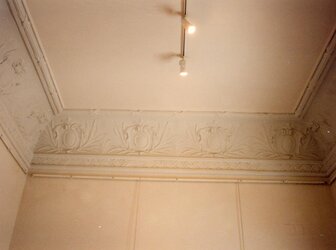
20th century
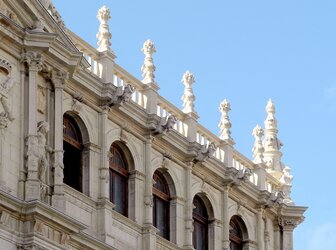
16th century
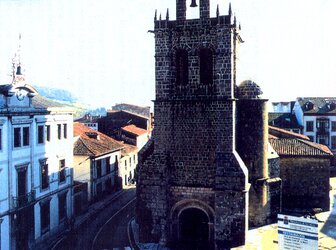
16th century
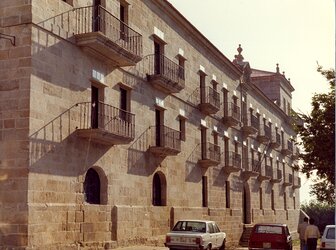
16th century
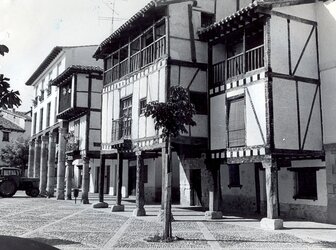
10th century


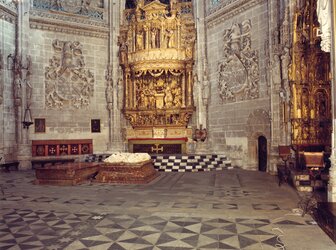
15th century
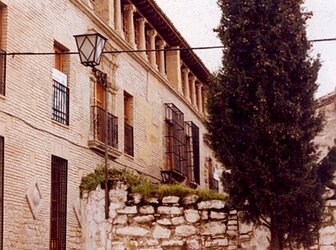
16th century
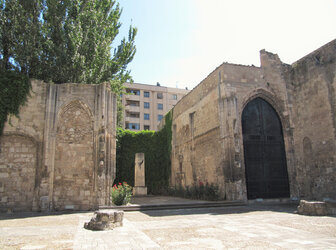
11th century
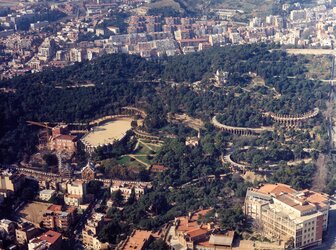
1904-1908
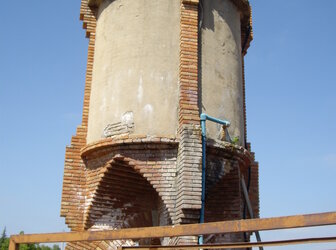
1913 - 1922

